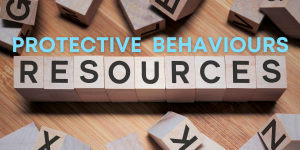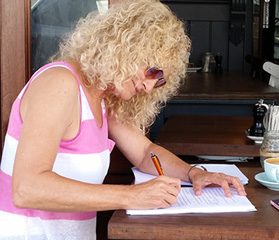

Johanna Penn shares that finding the right editor is like going on a few dates before finding your perfect match. What titles do they have?
What does your self-publishing editorial team look like? Finding the right people is essential in producing a book you can be proud to own and share with the world.
Developmental Editing
Often called the big picture edit. Developmental Editing looks closely at the structures working within your text, such as themes, style, and tone. I worked with a developmental editor who helped me work through issues like voice, sentence structure, and dialogue.
Copy-editing
This editor is the consistent person. The copy editor reviews, corrects and strengthens your manuscript. They focus on accuracy and formatting.
Proofreader
The Proofreader is your polisher. This is the final stage editorial process. Proofreaders will perform a thorough check of punctuation, spelling, and grammar.
This is your book; your dream. DO:
3. The right price may find the perfect match
If you think you have found the right partnership, it’s time to talk about the money:
Keep researching the self-publishing industry:
I researched Jane Friedman’s blog many times when I was looking for answers to questions about publishing. It’s an excellent resource. https://janefriedman.com/blog
Resources:
https://www.thebookdesigner.com/2014/04/4-levels-of-editing-explained-which-service-does-your-book-need/
http://www.thecreativepenn.com/2014/07/14/how-to-find-the-right-editor/

Hello and welcome to my blog.
I love writing and sharing my journey as an author and encourage others to write their stories too.